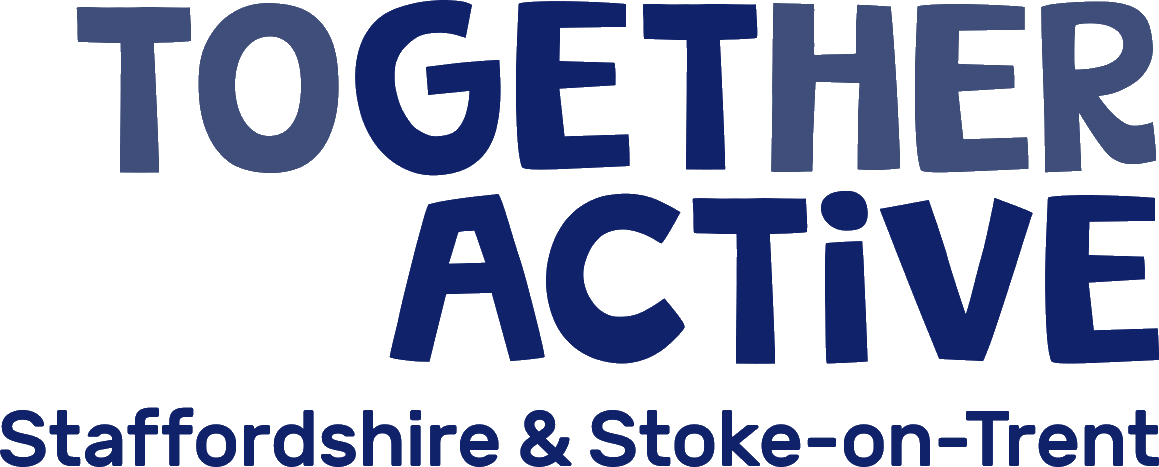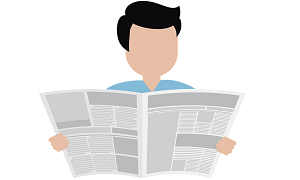
Understanding Disability
Disability is a label that covers a wide range of impairments. This page has been designed to provide you with some basic information about different types of disabilities. It will give you a very broad understanding of the impairments and disabilities that clubs may face.
Clubs all have varying levels of understanding around disability. Some do not want to have any disabled members or do not have the provision to cater for disabled people. Some want to be able to offer disabled provision but have a lack of understanding. Some offer services at a range of levels. This section along with the workforce training that we offer around Disability Awareness look to help overcome that lack of understanding. The Aiming High Disability Sport & Physical Activity Officer and Local Authority Sport Development Teams can also support clubs to develop understanding.
Clubs that do provide disability provision can offer it in a variety of ways. These are:
Fully Inclusive Activities: Everyone participates without adaptation or modification at the same level, in the same activity, at the same time.
Modified (Integrated) Activities: Disabled people participate, with some changes to the rules, area or equipment, but still within a mixed ability context.
Parallel Activities: Disabled and non-disabled people participate in the same activity but access it in their own way, directly competing only against participants of their own impairment.
Adapted Activities (reverse integration): Non-disabled people participate with disabled people in adapted games specifically designed for disabled people, where parity is reached through a common adaption.
Discrete Activities (segregated activities): Disabled people participate in an activity or skill with disabled peers.
It is obviously good that clubs promote if they can cater for people with disabilities. However the way in which a club promotes their inclusive environment can highlight the level of understanding that the club has around disabilities.
If a club states that it can cater for all disabilities or the very broad ‘disabled participants’, this is an indication of a potential lack of understanding around disability. There are such a range of disabilities and impairments that it is very unlikely that a club can cater for every impairment. Clubs that can cater for a wide range or are fully inclusive will be able to go into more detail about what they can offer.
Most disabled parents and parents actually appreciate a club that states the disabilities it can cater for and that it is willing to discuss it’s ability to provide provision with any potential disabled member. Most disabled people and parents accept that a club cannot cater for every type of disability but appreciate that a club has obviously taken the time to consider it’s ability to provide provision.
When a club is looking at what impairments it could realistically cater for it needs to know about different types of disability. The provision of a ramp and a disabled toilet does not mean you can cater for all disabilities.
There are various ways of finding out more about disability. We run a variety of disability awareness courses.
Below we also have a brief explanation about different types of disabilities to help support clubs when deciding on the level of provision they can cater for.
There are various types of physical and mental impairments that reduce or restrict a person’s ability to carry out their day to day activities. These impairments can be termed as disability of the person to do his or her day to day activities.
The Term Disability can be split into a number of broad categories:
Physical
This category includes anyone who has a disability, which either restricts mobility or some physical differences.
This can be or effect:
- Upper limb(s)
- Lower limb(s)
- Manual dexterity
- Co-ordination
This impairment can one you are born with or acquire due to age or incident.
This includes:
- Amputees
- Spinal Cord Injury
- Cerebral Palsy
- Spina Bifida
- Dwarfism
- Genetic Conditions
Sensory
A sensory impairment is one where one or more of the senses have been impaired. For now I am specifically relating to visual and hearing impairments.
Visual Impairment
The UK has about two million people that self define themselves as having a sight problem. This ranges from not being able to read even with the aid of glasses to registered blind. There are approximately 25,000 children with sight problems in the UK.
You can be registered as blind if you can only read the top letter of an eye chart from six metres or less.
Hearing Impairment
This includes people who are partially or completely deaf. People who can partially hear, maybe able to use hearing aids to assist their hearing.
Partially deaf people quite often use hearing aids to assist their hearing
Many deaf people use sign language as a means of communication.
Neurological
There is a wide range of neurological disabilities that can effect individuals in a variety of ways.
Head Injury
This occurs when there has been damage to the brain. The effect this can have can be mild, moderate or severe.
There are many causes for this however they are mainly due to external forces being applied to the body.
Cognitive or Learning Disabilities
There are many types of these impairments and again they can range from mild to moderate to severe.
These impairments include:
- Dyslexia
- Autism
- Speech Disorders
Invisible Disabilities
These can be any disability that cannot be seen. These can be conditions such as:
- Aspergers Syndrome
- Attention Disorders (ADD/ADHD)
- Chronic Fatigue Syndrome
- ME
- Epilepsy
This is a very broad description about disabilities. There are many types of disabilities and many conditions, which have underlying impairments and issues.
The best way to find out about a disability is to ask the individual as each person’s impairment is unique to themselves. Several people could have the same disability but it effects them in a totally different way.
This is purely a guide to help inform coaches, volunteers, teachers and anyone involved with working with disabilities.

